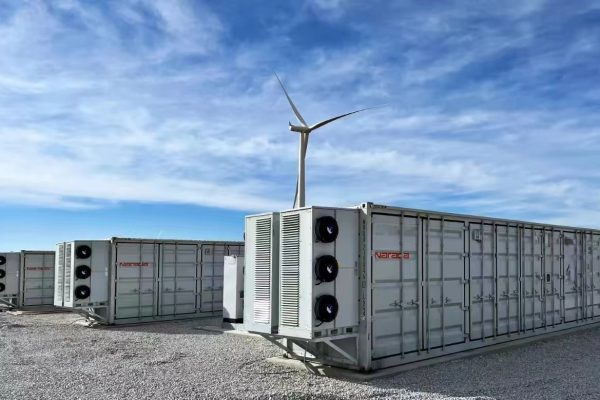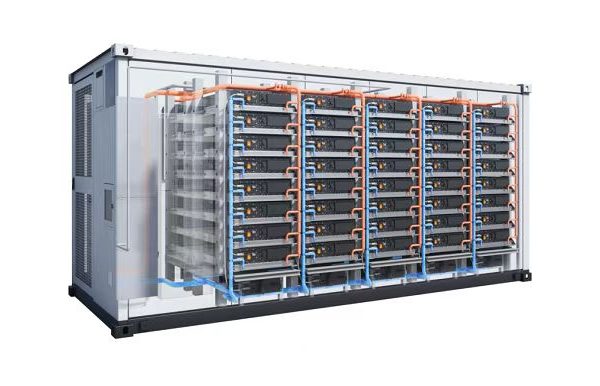Best Practices for Efficient and Safe Integration with Hybrid Inverters
When designing PV + storage systems—especially in hybrid inverter setups—the quality of your PV string design has a direct impact on:
- System efficiency
- Inverter lifespan
- Regulatory compliance
- Safety for installers and end users
In this post, we’ll walk through the critical considerations for string sizing, voltage limits, protection, and how to coordinate them with the needs of battery-coupled systems.
⚙️ What Is a PV String?
A PV string is a group of solar panels connected in series. The goal is to reach the right voltage and current input for your inverter, while maintaining safety limits.
In a hybrid system, the string(s) feed into an inverter that also manages battery charging and discharging—so string design must also consider operating voltages, MPPT range, and battery coordination.
🔍 Key Parameters in PV String Design
1. Open Circuit Voltage (Voc)
- Must not exceed the inverter’s Max PV input voltage, even at lowest ambient temperature.
🧊 Cold weather = higher Voc
🧮 Use this formula:Voc_cold = Voc_STC × [1 + (TempCoeff × (Tmin - 25))]
2. MPP Voltage Range (Vmpp)
- Your string’s operating voltage must stay within the MPPT window of the inverter during most of the day.
🧭 Ideal design places Vmpp in the middle to upper half of the MPPT range.
3. Current Ratings (Isc and Imp)
- Must not exceed the input current rating per MPPT
- If using parallel strings, consider string fusing to protect against reverse currents.
🔋 Coordination with Storage Systems
In hybrid or AC-coupled storage systems, the PV string must feed power efficiently without causing mismatches or inverter overload.
Considerations:
| Parameter | Why It Matters |
|---|---|
| Max charging power of battery | Oversized PV can lead to wasted energy if battery is full |
| Hybrid inverter capacity | PV power must not constantly push inverter to its thermal limits |
| Time of use patterns | Early-morning or cloudy performance depends on string voltage |
🔒 Safety Design Best Practices
1. String Fusing
- Required when more than 2 parallel strings are used
- Prevents damage in case one string is shorted
✅ Use fuse combiner boxes with appropriate voltage and current ratings
2. DC Isolation Switches
- Required for maintenance and emergency shutdown
- Place one between PV array and inverter
- Must be DC-rated with suitable arc suppression
3. Surge Protection (SPD)
- Protects inverter and battery electronics from lightning surges
- Install Type II SPD on both PV input and AC output lines
- Must be grounded properly and rated for system voltage
4. Grounding and Bonding
- All PV frames should be grounded
- Avoid floating strings, especially when connecting to batteries
- Use ground fault detectors where local codes require
🧠 Example: 8kW Hybrid System with 48V Battery
| Parameter | Value |
|---|---|
| Inverter MPPT Voltage Range | 120–500V |
| Max PV Input Voltage | 600V |
| Battery Charge Limit | 6kW |
| Ambient Min Temperature | -5°C |
| Chosen Module Specs | 450W, Voc = 50V, Vmpp = 41V, Isc = 11A |
Design:
- 11 panels per string = 11 × 50V = 550V Voc
- Cold-adjusted Voc = ~580V < 600V ✅
- Vmpp = ~450V, in good MPPT range ✅
- Two parallel strings = 8.6kWp total, fuse required ✅
- SPD, DC switch, and grounding implemented ✅
🛠️ Tips for Exporters and Installers
- Provide string sizing templates or calculators with your inverter kits
- Label PV inputs clearly on wiring diagrams and manuals
- Offer pre-assembled fuse boxes or combiner kits for off-site prep
- Train local partners on cold Voc calculations and SPD installation
📦 Consider bundling these into a “PV+Battery BOS Pack” to improve buyer trust.
⚠️ Mistakes to Avoid
- Oversizing PV input voltage → inverter damage
- Skipping fusing → safety hazard in faults
- Inadequate surge protection → long-term failures
- Improper DC switch → arc flash risks
- Ignoring MPPT range → low harvest in partial sun
In storage-coupled PV systems, string design is not just about generation—it’s about compatibility, efficiency, and safety.
A well-designed string ensures:
- Stable operation across seasons
- Safe and compliant installation
- Optimal battery charging
- Fewer inverter failures and warranty claims
Whether you’re building systems, exporting kits, or supporting EPCs, helping clients get PV string design right is one of the smartest ways to build trust—and reduce post-sale problems.









